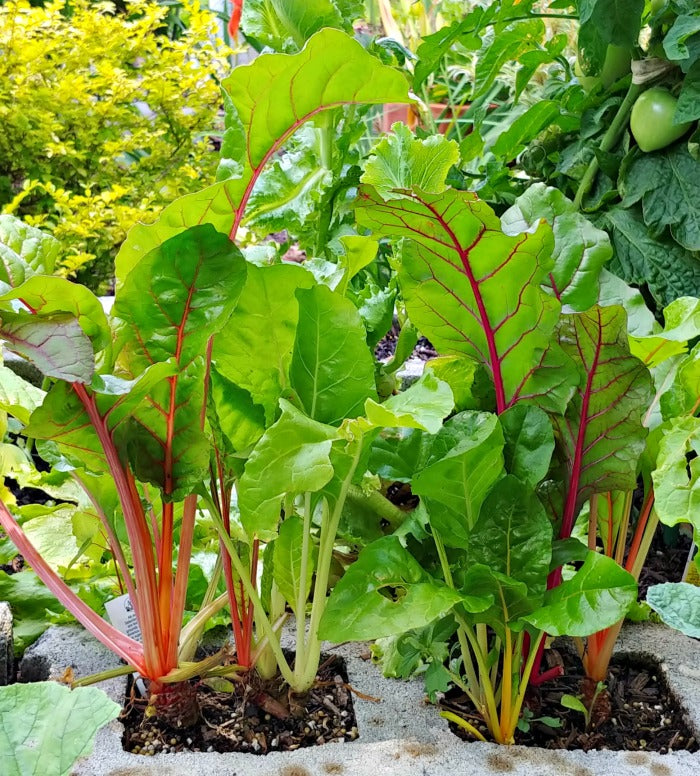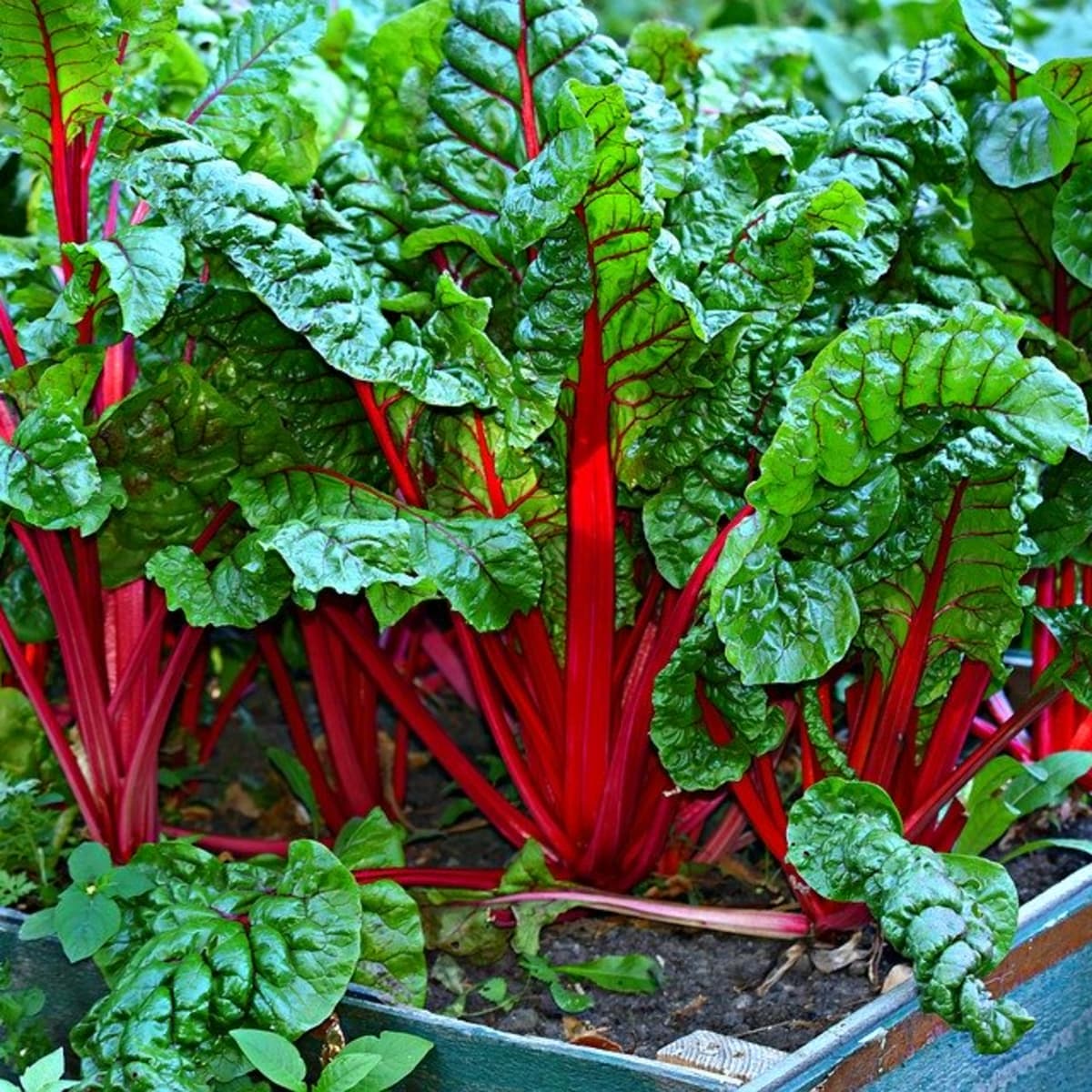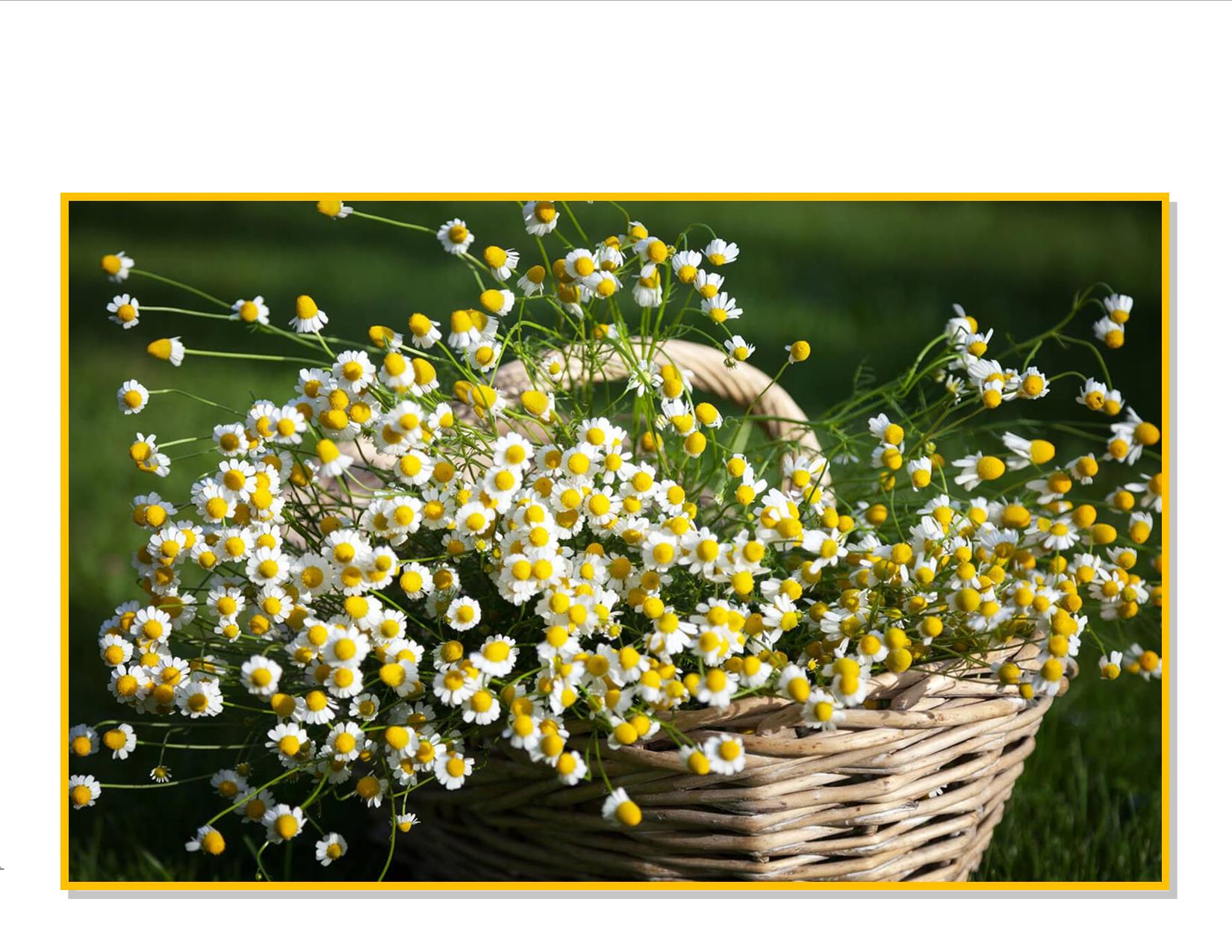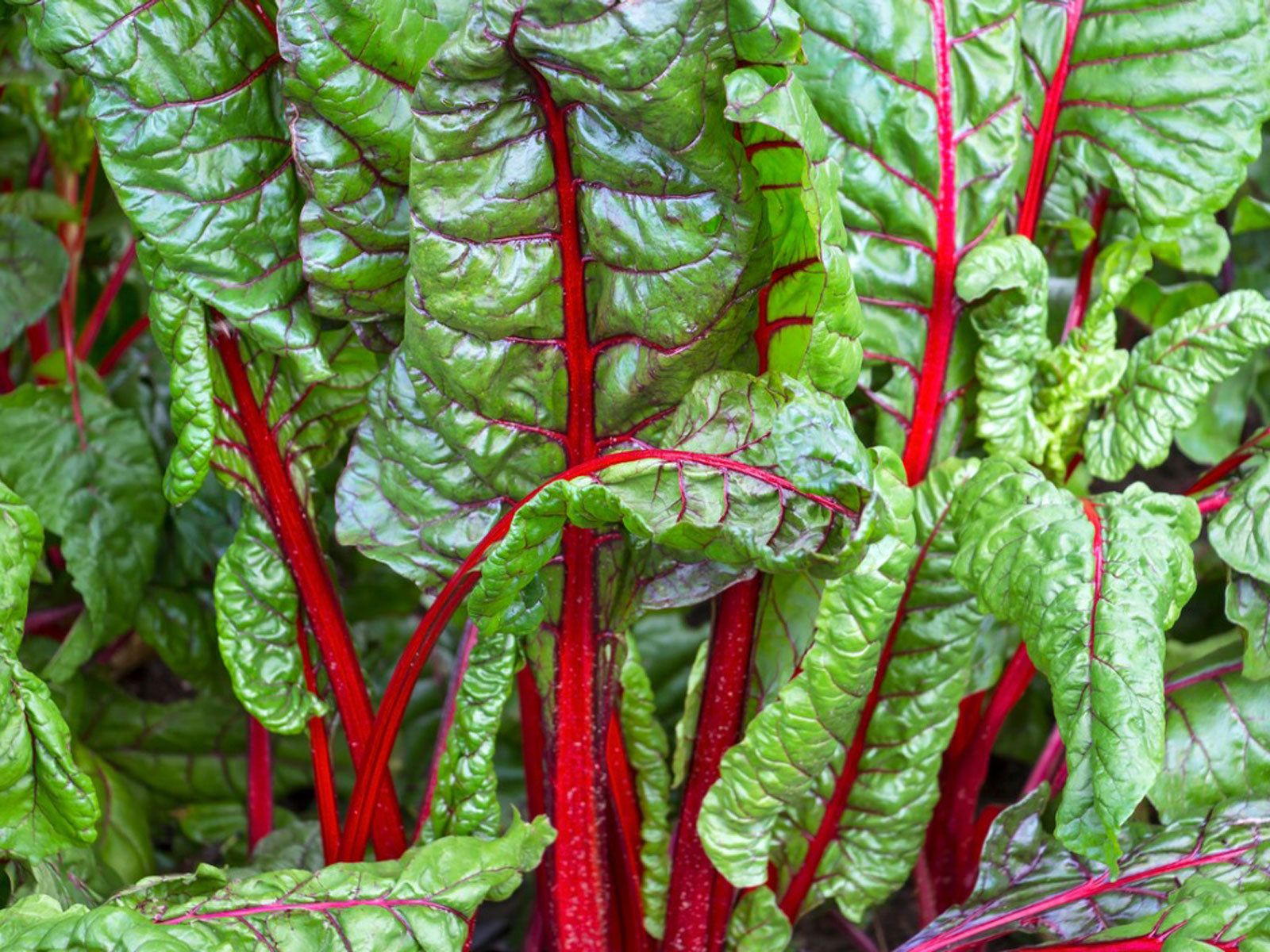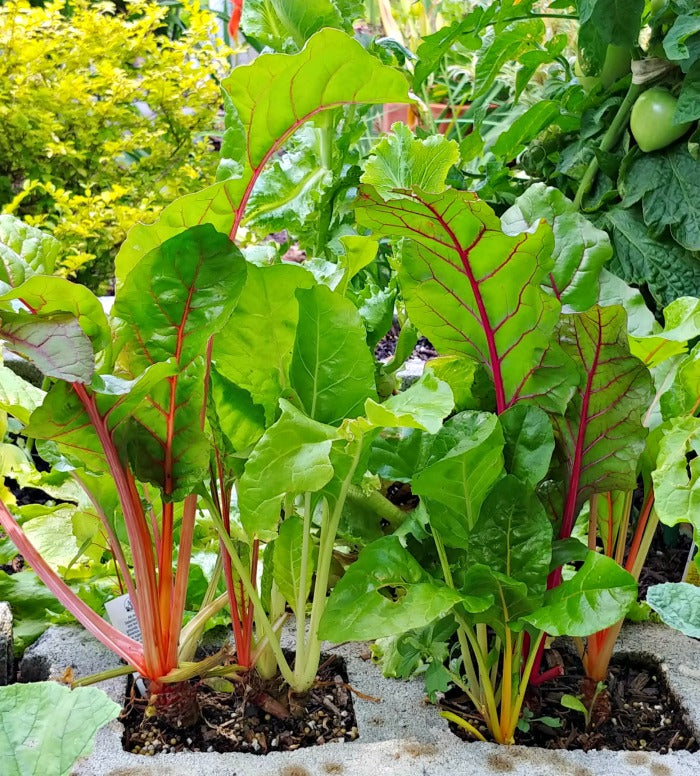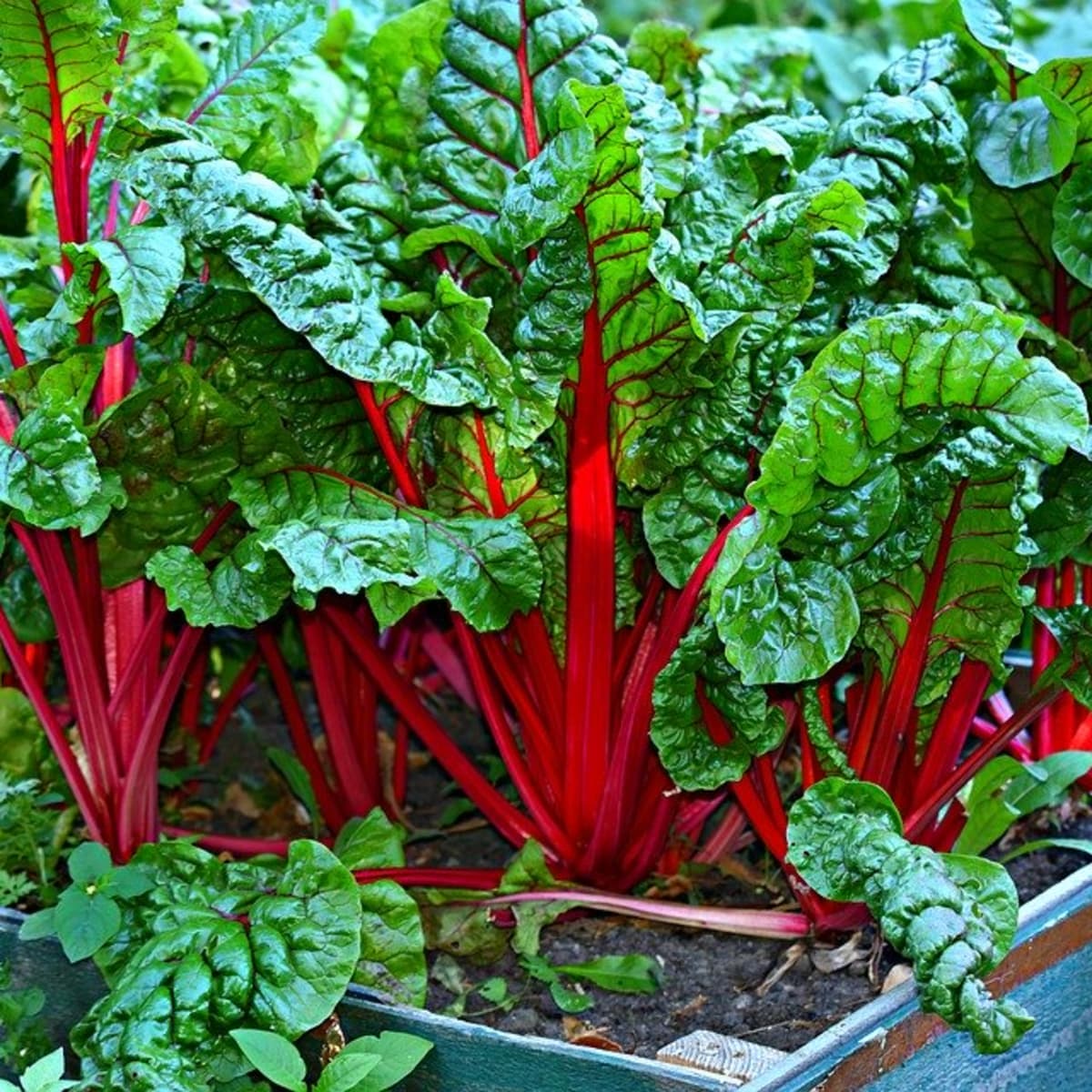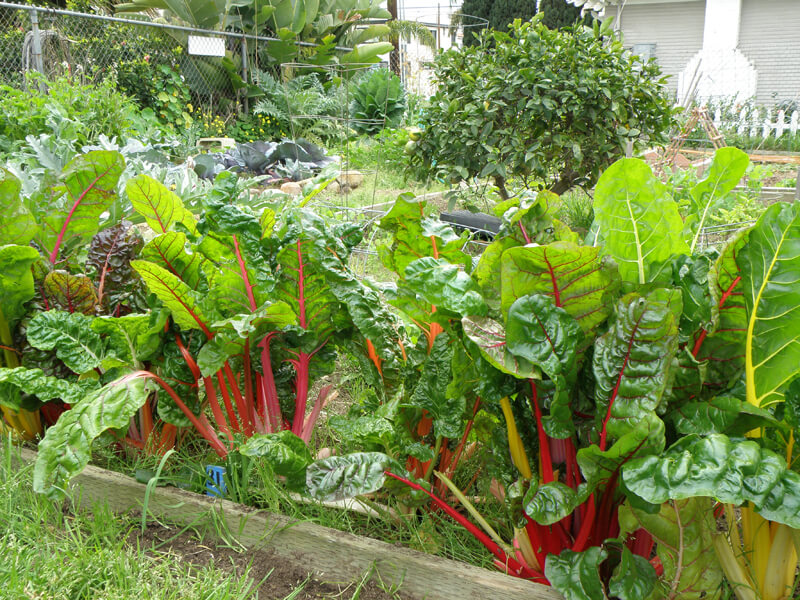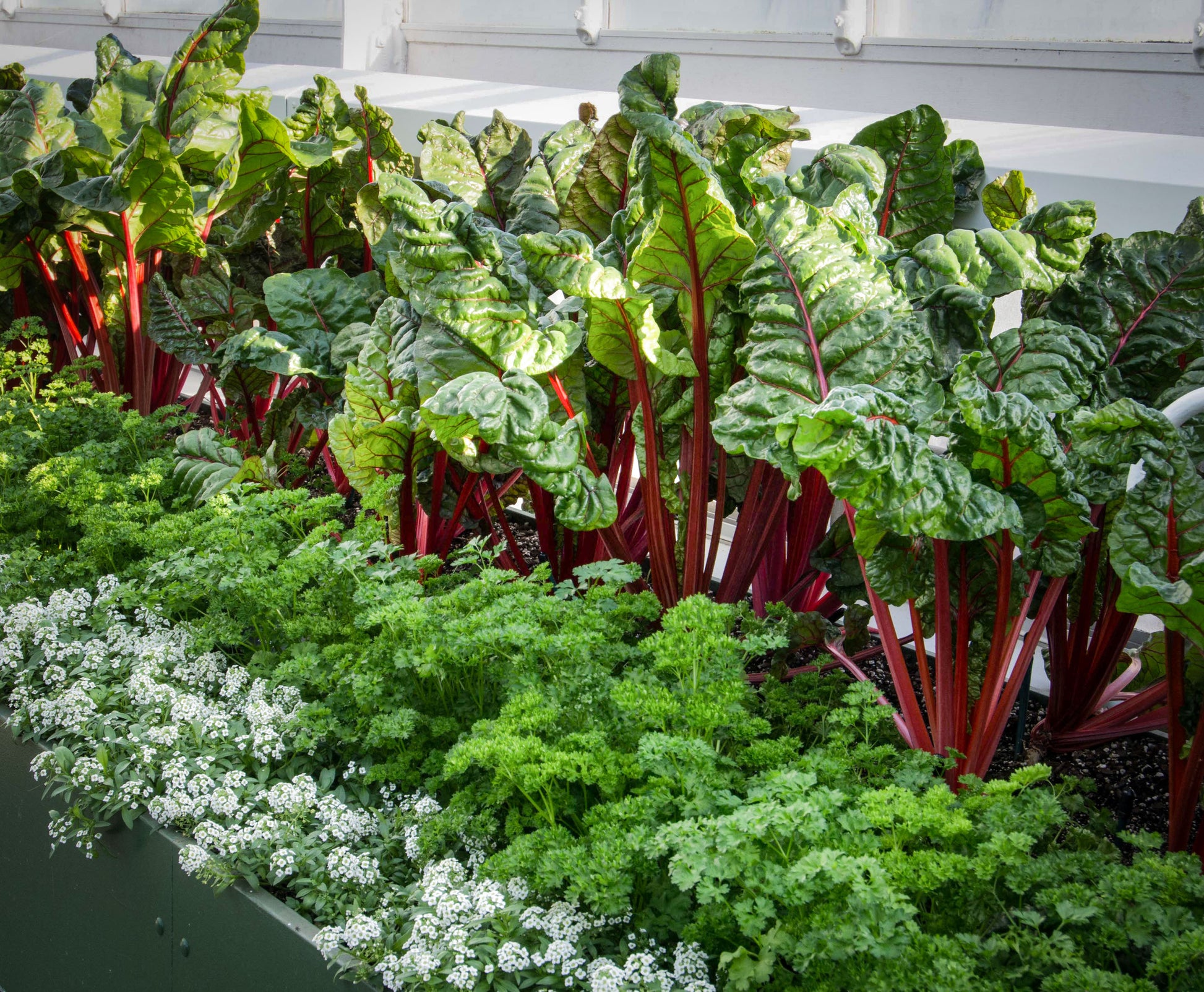Gran's Garden Seeds
Chard, Red Swiss Chard Seeds
Chard, Red Swiss Chard Seeds
Couldn't load pickup availability
Swiss Chard Red (Beta Vulgaris ssp. Cicia Red) Biennial, Non GMO
Minimum 20 seeds per package
Swiss Chard is a member of the beet family and both its stems and leaves can be eaten cooked or raw. Chard may also go by the names leaf beet, seakale beet, silver beet, and spinach beet. Best known for its bright and colorful stems, Swiss chard comes in a rainbow of hues—pink, yellow, orange, red, and white.
Typically grown as a cool-season crop because it grows quickly and easily during the cooler temperatures of spring and fall, chard is tolerant of hotter temperatures, too. Its growth will slow down in summer, but chard’s higher heat tolerance makes it a great salad green to grow when it gets too hot out for the others.
Chard is a superfood, high in vitamins A, C, and K. It doesn’t have that bitter taste that a lot of other greens have, and it makes a good substitute for spinach or kale, if you’re not a fan of those superfoods.
On top of all its virtues as a garden vegetable, chard is a stunning edible ornamental plant to mix with landscaping.
• To speed germination, soak seeds in water for 24 hours
• Continue planting seeds at 10-day intervals for a month. Chard is best treated as a “cut-and-come-again” crop. This harvesting technique involves taking only a few older leaves at a time from each plant, allowing younger leaves to continue growing for additional harvests later in the season.
• For a fall harvest, plant chard seeds about 40 days before the first fall frost date.
• Will tolerate partial sun, best in full sun
• Soil well-draining
• Prefers a soil pH between 6.0 and 7.0 (slightly acidic to neutral)
• Sow the seeds ½ to 1 inch deep, spacing them 2 to 6 inches apart in rows.
• Keep soil lightly moist until germination
• Space rows about 18 inches apart.
• Like beet seeds, chard seeds actually come in clusters of a few seeds, which results in multiple seedlings emerging from a single planting hole.
• Once the plants reach 3 to 4 inches tall, thin them to about 6 to 8 inches apart (or 9 to 12 inches apart if you desire larger plants). Snip them with scissors and enjoy the young seedlings as a snack!
From: gransgardenseeds.com
Process Time & Shipping
Process Time & Shipping
Orders are mailed out the next business day using USPS.

